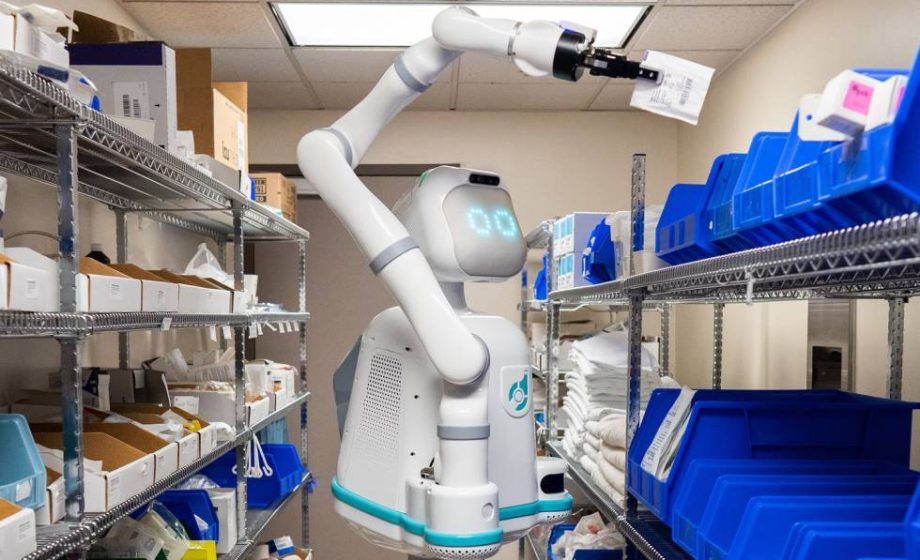Moxi, a hospital robot, is helping to combat nurse burnouts at Mary Washington Hospital in Fredericksburg, Virginia.
Moxi, which is about a 6-foot-tall, offers assistance to the nurses as it ferries supplies, medication, lab samples, and individual items via the halls from one floor to another.
After two years of fighting Covid-19- related burnouts, nurses express that the robot is a welcome development and relief.
According to Abigail Hamilton, a former ICU and emergency room nurse, “there’s two levels of burnout: There’s ‘we’re short this weekend’ burnout, and then there’s pandemic burnout, which our care teams are experiencing right now.”
Moxi has been one of the specialized delivery robots developed recently to reduce the strain on nurses and other health care personnel.
Before the covid-19 pandemic, almost half of the US nurses complained about the appropriate work-life balance in the hospital.
The emotional strain of witnessing patients die and co-workers infected on a large scale and fear of contracting Covid has increased the burnout feelings.
This nurse burnout feelings have gone international following the pandemic. Specifically, about ⅔ of the US say they’ve considered leaving their jobs.
The shortage of staff in some hospitals caused by the pandemic creates higher wages for temporary travel nurses and permanent staff.
This and others have paved the way for more robots in hospitals. Moxi is at the forefront of the trend.
Moxi is now taking objects to patients in emergency rooms as Covid-19 protocol and pandemic kept family members away from bedsides.
Nurses can send the robot tasks through text messages. And it can be used to transport things too large to fit in a tube system, such as lab samples or IV pumps.
While some nurses have expressed that robots are a threat to their professions, some believe that robots have a long way to go before they can replace humans.
For instance, Moxi needs help in some basic tasks, like pressing a specific elevator button.
In another vein, there have been security concerns about robots. Last week, a security firm, Cynerio, expressed that exploiting a vulnerability could make hackers take remote control of Tug robots or even open patients up to privacy violations.
However, no comparable bugs have been seen in Moxi robots. Even the firm behind Moxi is taking more steps to ensure its safety.
Generally, the easy things Moxi does makes a difference. It saves nurses about 30 minutes they need to go from the 5th floor to the basement to take medication that won’t go via the pharmacy tube system.
Further, taking post-hour meals for patients has been one of Moxi’s popular tasks. Since 2 Moxi robots started working in Mary Washington Hospital in February, they’ve returned workers about 600 hours of their time.

